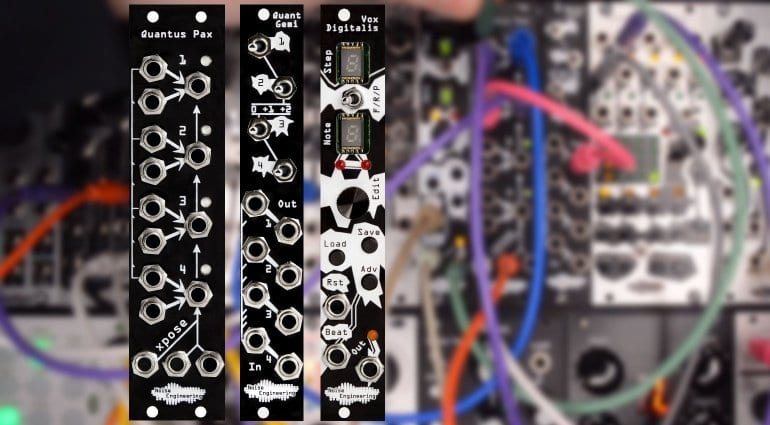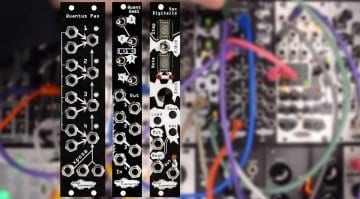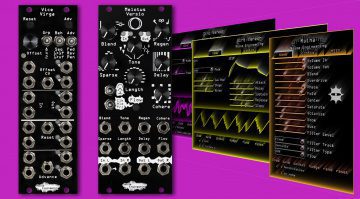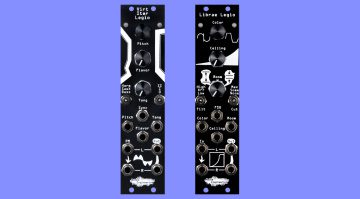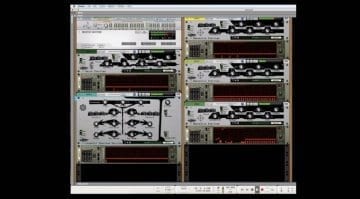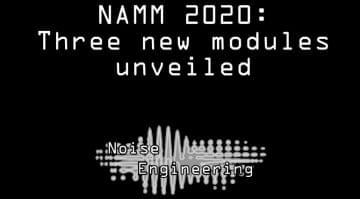Noise Engineering gets melodic with three new pitch CV modules
Noise Engineering has released a trio of pitch orientated modules to get some tunes back into your noise production. Let’s welcome the weirdly named (as ever) Vox Digitalis, Quantus Pax and Quant Gemi.
Vox Digitalis
It’s a little sequencer in just 4HP. Designed to be easy to program, very quick and helpful at producing sequences of up to 16 steps. It has two 7-segment displays one showing the note, the other showing the current step. Turn the knob to change the note. Hold a button and turn the knob to change something else like sequence length. You can create a random sequence by pushing “Save” and the encoder at the same time. Talking of saving you can store up to 16 sequences. There are three playback modes: forward, random and pendulum. All it needs is a clock and you’re off.
You are currently viewing a placeholder content from YouTube. To access the actual content, click the button below. Please note that doing so will share data with third-party providers.
Quantus Pax
This is a 4 channel precision adder designed for transposition of chords and sequences. Chords are difficult in Eurorack where you’re dealing with independent oscillators with all their characterful inaccuracies. Each channel has two CV inputs for combining voltage individually and there are three “xpose” inputs at the bottom for adding voltages that affect all 4 channels.
It’s a really straighforward way of dealing with transposition in your rack and coping with an increasing desire for Eurorack polyphony. £225.
You are currently viewing a placeholder content from YouTube. To access the actual content, click the button below. Please note that doing so will share data with third-party providers.
Quant Gemi
As detailed in the video above the QG adds octaves. It could have been included in the Quantus Pax but Noise Engineering say that it would have made it a much larger module and pushed up the cost. Instead they work brilliantly together, or separately depending on what you’re trying to do. With 4 channels the QG is completely ready for polyphony or switching multiple sequences up and down octave registers. £155.
You are currently viewing a placeholder content from YouTube. To access the actual content, click the button below. Please note that doing so will share data with third-party providers.
Melody from Noise Engineering
Somehow Noise Engineering manage to build in a load of functionaity and problem solving into small and straightforward modules. And these three really do compliment one another with VD transposing chords through the QP while a flick of switch on the QG moves melodies to interesting places. But also individually these are stunningly useful modules, particularly if you’ve been experiementing with polyphony and how you start transposing.
All three are available now.
More information
- Noise Engineering website.

